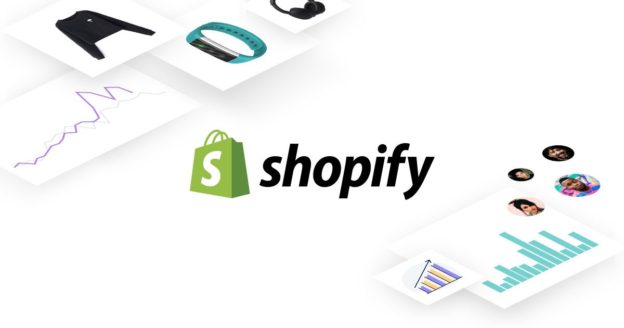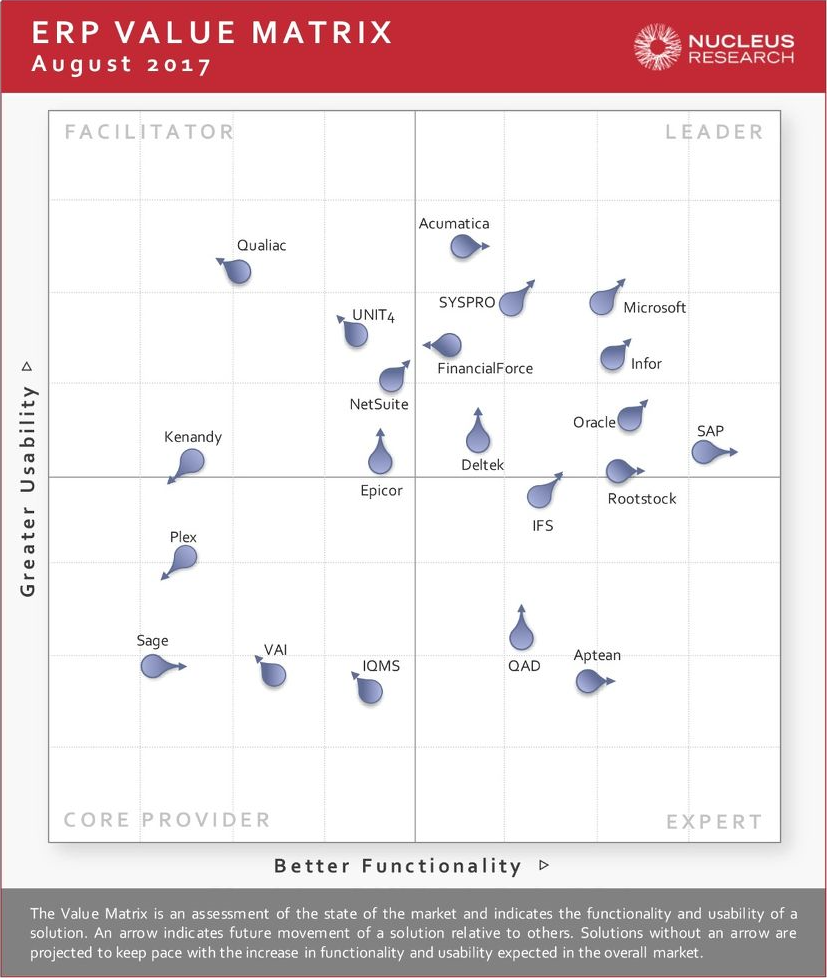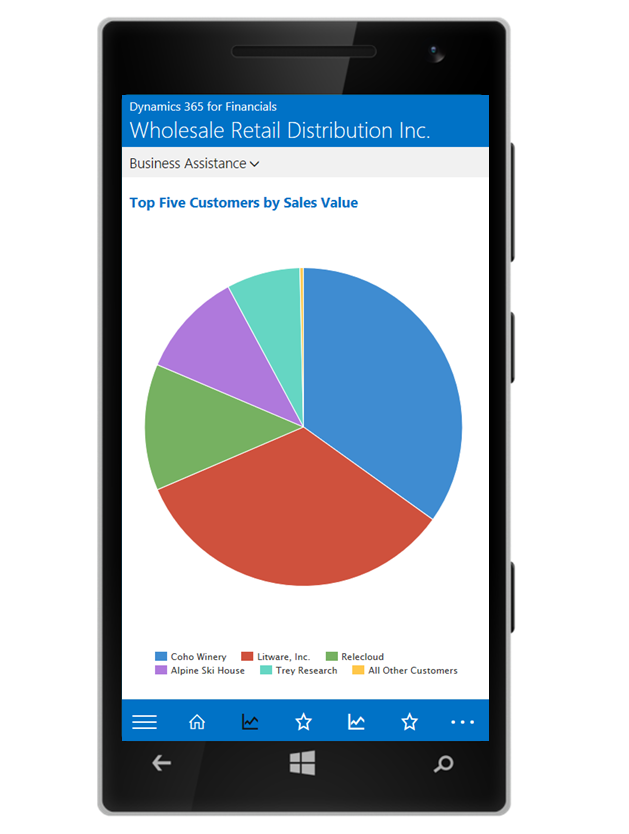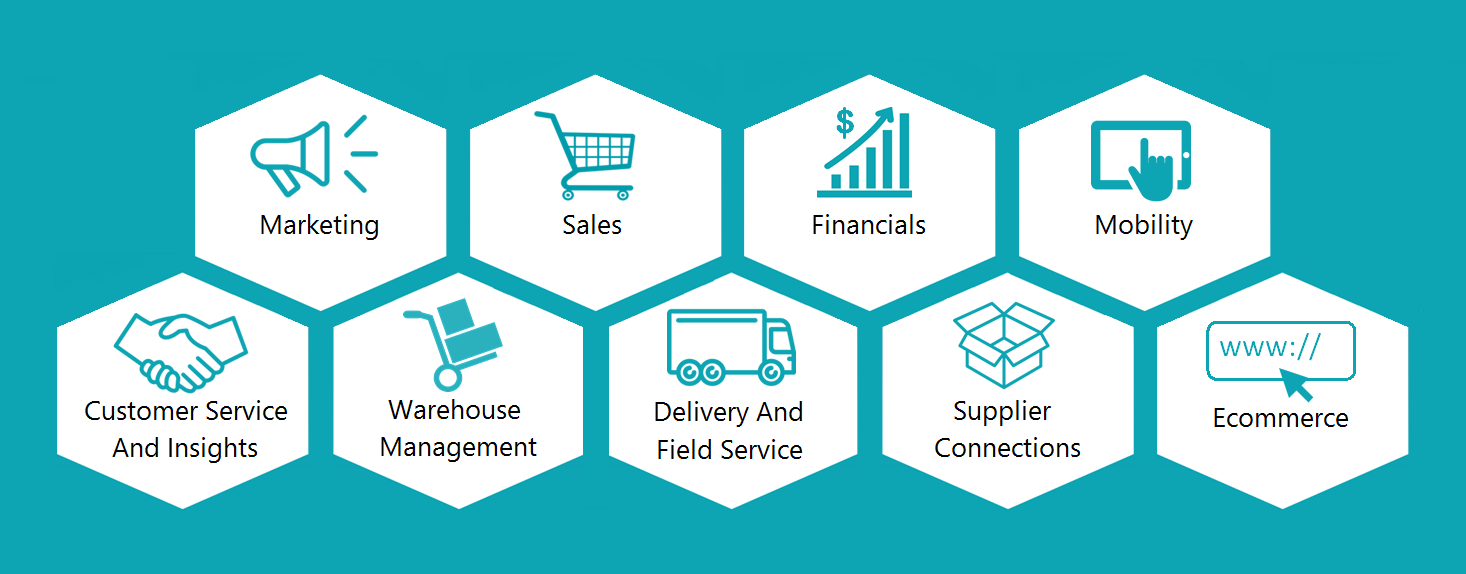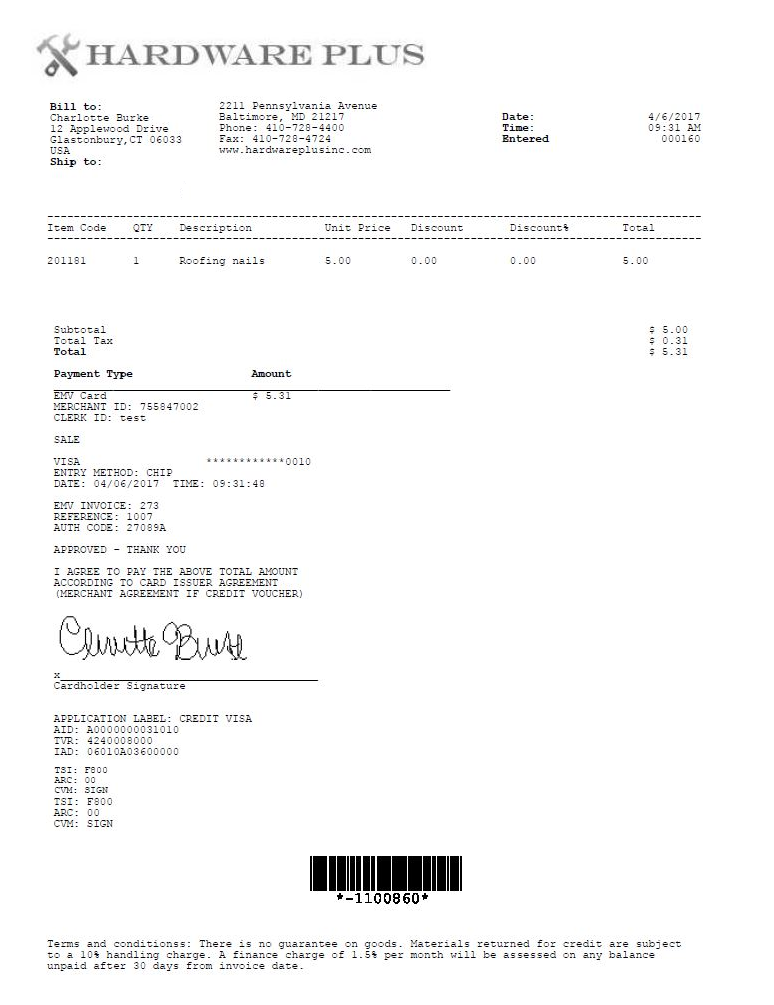It’s hard to know when to upgrade your business management system, especially when you and your employees are comfortable with the current system. Below are some common headaches business owners, managers, and employees face that indicate it may be time for a new system:
- Your inventory is often inaccurate.
Does your inventory seem to be inaccurate more and more often? If this sounds familiar, the inventory management part of your system is probably due for an upgrade. For more accurate inventory levels, direct connections to suppliers and co-ops are available through EDI updaters. Also, ERP systems can sometimes produce more accurate inventory levels than POS systems for larger operations, as the inventory module is connected to ordering, warehouse management, delivery management, finance, POS, and more.
2. Your business uses multiple, disconnected systems.
Using multiple business systems to manage your business can be a headache for many retailers, wholesalers, and distributors. If employees need to manually enter data from one system to another, whether it be for invoicing, customer data, pricing, or more, then you are not only increasing the opportunity for errors, but also you are not maximizing productivity when your employees spend their time manually transferring or inputting data that your business already has in a different system. It’s surprising how much this can cost your business.
3. The system you use is not specific to your industry.
Many business owners purchase POS, ERP, or other business management systems that are not specific to their industry. While this works for some enterprises, it can also cause a big headache for managers and employees. For example, some lumber businesses cannot set up automatic unit conversion for their lumber items (to easily buy in one unit and sell individually). Some garden centers cannot print plant tag labels right from their inventory list. Some firearms retailers do not have an electronic bound book integrated into their system. All of these examples show how time is wasted and processes are less efficient when your business management system does not utilize industry-specific solutions.
4. Your team is unsatisfied with support.
Sometimes, especially with outdated business management and POS systems, managers find themselves reaching out to support more and more often. Many support teams do not assign account representatives, so each time you call you speak with a different person. This may not seem like a big deal, but it becomes an issue when the support person troubleshooting your current error is not aware of the issue you experienced last week that may be causing it. This can be relieved when working with a provider that assigns a support account representative to your business.
5. Your current system is not keeping up with the growth of your business.
This is a common headache for businesses. As your business grows, so do your operations, staffing needs, locations, inventory needs, and more. While it may have previously made sense to ship items from suppliers directly to your store, now it may make more sense to invest in a warehouse, ship all materials there, and use trucks to deliver to the stores. Your business system should be equipped to handle these types of changes if you see your business needs growing or changing in the future.
6. You don’t have mobile options.
Mobility for business systems can mean a few different things, all of which can cause headaches for business owners and employees that are not practicing them. The first is mobility at your location. For larger stores, tablets enable employees to quickly answer customer questions, show new or related products, and more. They also allow warehouse employees to immediately enter shipping information, and delivery drivers to input delivery information. The second is mobility outside of your location. As a business owner, it is important to be able to access your data anytime, anywhere. If you are in meetings, being able to access all of your information live is invaluable. At tradeshows, buyers can buy or sell on the spot, placing orders in the system or charging clients directly.
If you are experiencing any of these headaches, System Solutions LLC can help.
Give us a call at 860-781-6470 or email us today.

